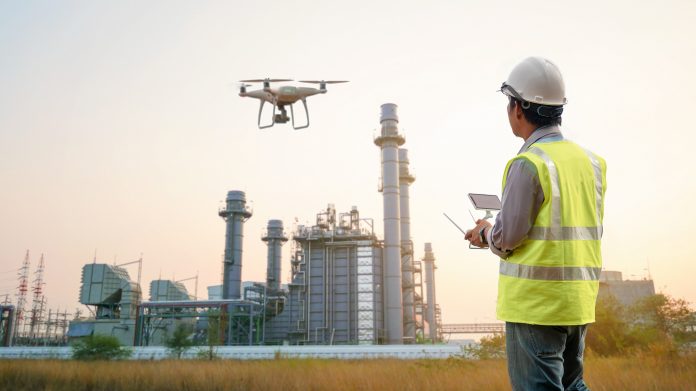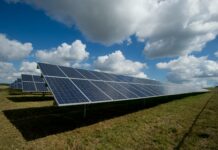
Drones, also known as unmanned aerial vehicles (UAVs), have been around for over a hundred years. They were first developed for purposes of war, but these days privately owned drones far outnumber those owned by the military. Their usefulness is also being utilized more and more in the business sector. Many in the oil and gas industry are now using drones for jobs that would be time-consuming, expensive or dangerous for humans.
Watching without waiting
Unlike helicopters and airplanes, drones are capable of flying low and close to pipelines, equipment and storage tanks to provide clear and precise measurements and inspections. Even before an oil well is constructed, a drone can be sent into an area ahead of surveying and construction crews to make sure the area is ready. Then, once crews are sent in, they offer real-time monitoring of the work being done. At the same time, drones can provide a constant security watch.
Pipelines run for thousands of miles and despite technology offering continuous remote monitoring, visual inspections are still required. A drone outfitted with a thermal-imaging camera can differentiate between the temperature of the soil and the pipeline. This makes it easy for it to detect even the smallest of leaks. Besides fluids, they can give real-time information on gas emissions. Soon, drones with artificial intelligence will be able to repair leaks as they are found without the need of human intervention.
Saving lives and cutting costs
Many structures needed for the production of oil and natural gas are tall and dangerous to climb for inspections. Rather than risk human life and limb, a drone can be sent in to inspect these from top to bottom. They can check every inch of a flare tower without endangering anyone and without ever having to shut the tower down. The fewer shutdowns for inspections, the more money saved. The fewer people required to climb towers, the fewer potential accidents. Their speed is also a cost-saving factor. Allegedly, a drone can inspect in five days what it would take a person eight weeks to do.
Environmental impact is very important, and drones are used to keep an eye on nature as well as the workings of a well. They can be sent out without disturbing the wildlife to check that everything is as it should be. And when nature gets out of hand during natural disasters, drones are vital for assessing an area to make sure it is safe before sending in first responders and recovery crews.
The time and money saved by using drones is probably incalculable. Advancements in drone technology are constantly broadening their usefulness in the oil and gas industry and elsewhere. Soon, we will wonder how we ever get along without them.














